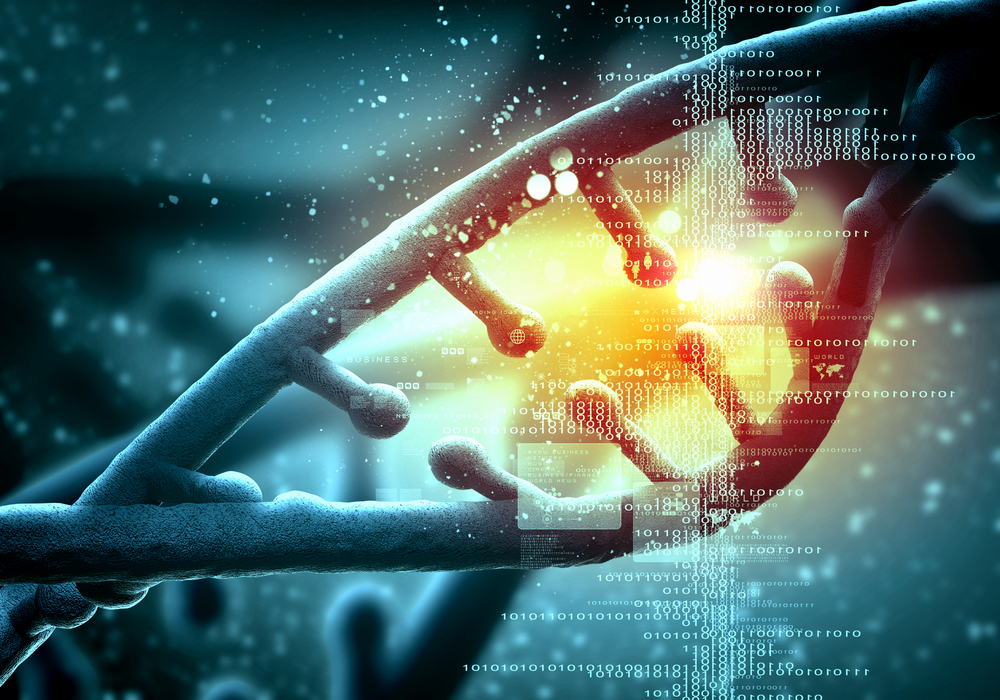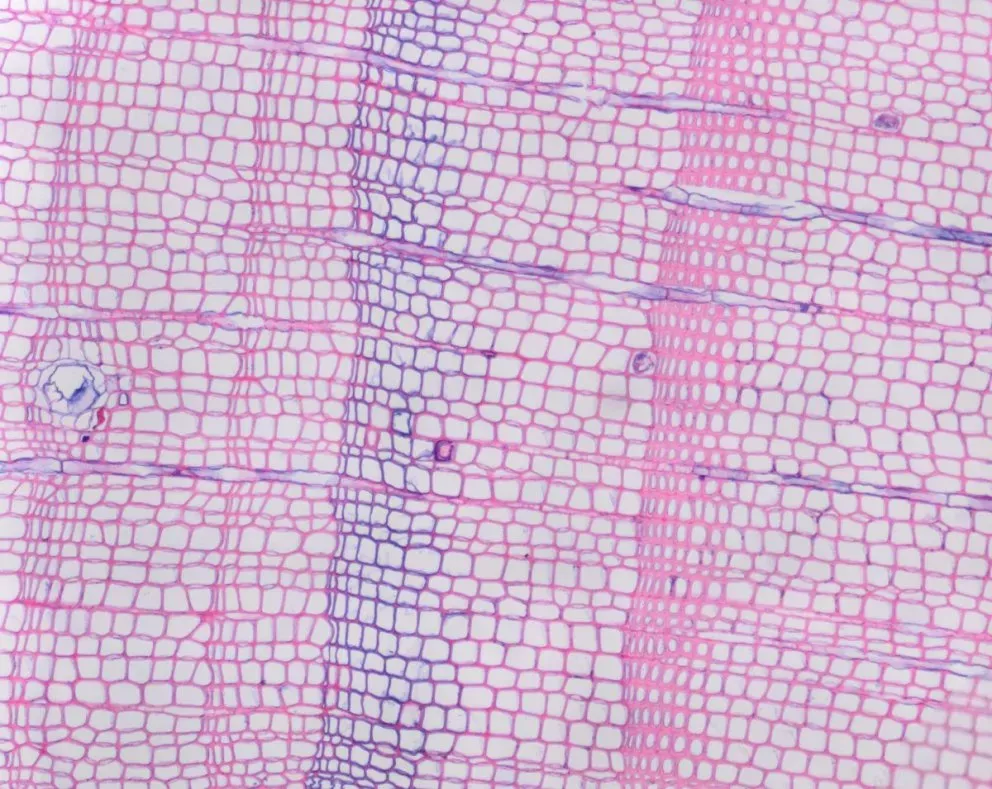Vue lecture
Adults with ADHD May Have Shorter Life Expectancy Than Those Without

Our Understanding of Rules that Produce Life’s Genetic Code May Require a Revision

Romanian Animal Fossils Reveal Hominin Spread Into Europe 2 Million Years Ago

A Crocodilian Took a Bite Out of a Pterosaur 76 Million Years Ago

Researchers Identify Where Missing Pieces in Dinosaur Origin Puzzle Might Be Buried

Ancient humans evolved new blood types after leaving Africa
News at a glance: Space X competitor, cancer institute leader, and the U.S. exit from Paris
Will a new generation of water-splitting devices help green hydrogen replace fossil fuels?
Trump’s shutdown of federal diversity office at NSF breaks law that created it
Another Mystery Volcanic Eruption Source Has Been Found

Why electrochemistry lies at the heart of modern technology
This episode of the Physics World Weekly podcast features a conversation with Colm O’Dwyer, who is professor of chemical energy at University College Cork in Ireland and president of the Electrochemical Society.
He talks about the role that electrochemistry plays in the development of modern technologies including batteries, semiconductor chips and pharmaceuticals. O’Dwyer chats about the role that the Electrochemical Society plays in advancing the theory and practice of electrochemistry and solid-state science and technology. He also explains how electrochemists collaborate with scientists and engineers in other fields including physics – and he looks forward to the future of electrochemistry.

This podcast is supported by American Elements. Trusted by researchers and industries the world over, American Elements is helping shape the future of battery and electrochemistry technology.
The post Why electrochemistry lies at the heart of modern technology appeared first on Physics World.
China’s Experimental Advanced Superconducting Tokamak smashes fusion confinement record
A fusion tokamak in China has smashed its previous fusion record of maintaining a steady-state plasma. This week, scientists working on the Experimental Advanced Superconducting Tokamak (EAST) announced that they had produced a steady-state high-confinement plasma for 1066 seconds, breaking EAST’s previous 2023 record of 403 seconds.
EAST is an experimental superconducting tokamak fusion device located in Hefei, China. Operated by the Institute of Plasma Physics (AISPP) at the Hefei Institute of Physical Science, it began operations in 2006. It is the first tokamak to contain a deuterium plasma using superconducting niobium-titanium toroidal and poloidal magnets.
EAST has recently undergone several upgrades, notably with new plasma diagnostic tools and a doubling in the power of the plasma heating system. EAST is also acting as a testbed for the ITER fusion reactor that is currently being built in Cadarache, France.
The EAST tokamak is able to maintain a plasma in the so-called “H‐mode”. This is the high-confinement regime that modern tokamaks, including ITER, employ. It occurs when the plasma undergoes intense heating by a neutral beam and results in a sudden improvement of plasma confinement by a factor of two.
In 2017 scientists at EAST broke the 100 seconds barrier for a steady-state H-mode plasma and then in 2023 achieved a 403 seconds, a world record at the time. On Monday, EAST officials announced that they had almost tipled that time, delivering H-mode operation for 1066 seconds.
ASIPP director Song Yuntao notes that the new record is “monumental” and represents a “critical step” toward realizing a functional fusion reactor. “A fusion device must achieve stable operation at high efficiency for thousands of seconds to enable the self-sustaining circulation of plasma,” he says, “which is essential for the continuous power generation of future fusion plants”.
The post China’s Experimental Advanced Superconducting Tokamak smashes fusion confinement record appeared first on Physics World.
Evolving Language Translator Devices and How AI Will Propel Us into the Future

New candidate emerges for a universal quantum electrical standard
Physicists in Germany have developed a new way of defining the standard unit of electrical resistance. The advantage of the new technique is that because it is based on the quantum anomalous Hall effect rather than the ordinary quantum Hall effect, it does not require the use of applied magnetic fields. While the method in its current form requires ultracold temperatures, an improved version could allow quantum-based voltage and resistance standards to be integrated into a single, universal quantum electrical reference.
Since 2019, all base units in the International System of Units (SI) have been defined with reference to fundamental constants of nature. For example, the definition of the kilogram, which was previously based on a physical artefact (the international prototype kilogram), is now tied to Planck’s constant, h.
These new definitions do come with certain challenges. For example, today’s gold-standard way to experimentally determine the value of h (as well the elementary charge e, another base SI constant) is to measure a quantized electrical resistance (the von Klitzing constant RK = h/e2) and a quantized voltage (the Josephson constant KJ = 2e/h). With RK and KJ pinned down, scientists can then calculate e and h.
To measure RK with high precision, physicists use the fact that it is related to the quantized values of the Hall resistance of a two-dimensional electron system (such as the ones that form in semiconductor heterostructures) in the presence of a strong magnetic field. This quantized change in resistance is known as the quantum Hall effect (QHE), and in semiconductors like GaAs or AlGaAs, it shows up at fields of around 10 Tesla. In graphene, a two-dimensional carbon sheet, fields of about 5 T are typically required.
The problem with this method is that KJ is measured by means of a separate phenomenon known as the AC Josephson effect, and the large external magnetic fields that are so essential to the QHE measurement render Josephson devices inoperable. According to Charles Gould of the Institute for Topological Insulators at the University of Würzburg (JMU), who led the latest research effort, this makes it difficult to integrate a QHE-based resistance standard with the voltage standard.
A way to measure RK at zero external magnetic field
Relying on the quantum anomalous Hall effect (QAHE) instead would solve this problem. This variant of the QHE arises from electron transport phenomena recently identified in a family of materials known as ferromagnetic topological insulators. Such quantum spin Hall systems, as they are also known, conduct electricity along their (quantized) edge channels or surfaces, but act as insulators in their bulk. In these materials, spontaneous magnetization means the QAHE manifests as a quantization of resistance even at weak (or indeed zero) magnetic fields.
In the new work, Gould and colleagues made Hall resistance quantization measurements in the QAHE regime on a device made from V-doped (Bi,Sb)2Te3. These measurements showed that the relative deviation of the Hall resistance from RK at zero external magnetic field is just (4.4 ± 8.7) nΩ Ω−1. The method thus makes it possible to determine RK at zero magnetic field with the needed precision — something Gould says was not previously possible.
The snag is that the measurement only works under demanding experimental conditions: extremely low temperatures (below about 0.05 K) and low electrical currents (below 0.1 uA). “Ultimately, both these parameters will need to be significantly improved for any large-scale use,” Gould explains. “To compare, the QHE works at temperatures of 4.2 K and electrical currents of about 10 uA; making its detection much easier and cheaper to operate.”
Towards a universal electrical reference instrument
The new study, which is detailed in Nature Electronics, was made possible thanks to a collaboration between two teams, he adds. The first is at Würzburg, which has pioneered studies on electron transport in topological materials for some two decades. The second is at the Physikalisch-Technische Bundesanstalt (PTB) in Braunschweig, which has been establishing QHE-based resistance standards for even longer. “Once the two teams became aware of each other’s work, the potential of a combined effort was obvious,” Gould says.
Because the project brings together two communities with very different working methods and procedures, they first had to find a window of operations where their work could co-exist. “As a simple example,” explains Gould, “the currents of ~100 nA used in the present study are considered extremely low for metrology, and extreme care was required to allow the measurement instrument to perform under such conditions. At the same time, this current is some 200 times larger than that typically used when studying topological properties of materials.”
As well as simplifying access to the constants h and e, Gould says the new work could lead to a universal electrical reference instrument based on the QAHE and the Josephson effect. Beyond that, it could even provide a quantum standard of voltage, resistance, and (by means of Ohm’s law) current, all in one compact experiment.
The possible applications of the QAHE in metrology have attracted a lot of attention from the European Union, he adds. “The result is a Europe-wide EURAMET metrology consortium QuAHMET aimed specifically at further exploiting the effect and operation of the new standard at more relaxed experimental conditions.”
The post New candidate emerges for a universal quantum electrical standard appeared first on Physics World.
Mass Poultry Vaccination Could Prevent Bird Flu Spread, but Also Make Virus Evolve

Permafrost Thaw and Wildfires Are Raising CO2 Emissions in Arctic Tundras

Volcanic Blasts May Be to Blame for Strange Blue Rings in Norway’s Trees

Record-Breaking Supersonic Wind Swirls Around Giant Exoplanet’s Equator

Trump hits NIH with ‘devastating’ freezes on meetings, travel, communications, and hiring
The US Has Bird Flu Vaccines. Here’s Why You Can’t Get One

Watch these ‘walking’ corals strut their stuff
This Company Wants to Build a Space Station That Has Artificial Gravity
